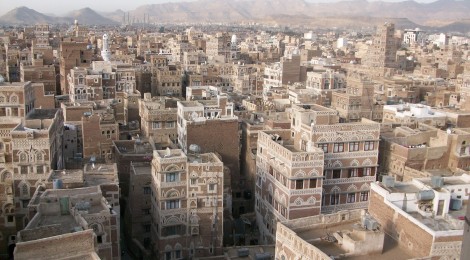
Trial and Error
This blog will be a place for me to think about resilient urbanism by writing. This is an ongoing experiment because I normally like to think by speaking or making big tables and diagrams in Excel but I pledge to practice writing, if the readers promise to try drawing stuff from time to time. Why do I want you to make pictures and maps? Because the ideas that I want to road test – and rant about on occasion – are wrapped up in the ways we communicate about cities.
So, firstly, to complement our OpEds and the sketches you will be doing at home, I’d like this blog to include some mini-extracts from fiction that describe homes and cities. This sounds super pretentious (it is) but it is also about showing how hard it is to capture any urbanism, let alone the resilient kind, without at least some stories. This is hard for me (I journey beyond formulaic crime fiction (with isolated heroines) about once a decade) but I reckon it’s important.
Secondly, I want to watch two strands of thinking play out in the resilient urbanism discussion: the current quest for evidence in the humanitarian sector and the (older) push for the “community” as the pre-eminent source of information and good decision-making. My pet thing is that I think there is knowledge – synthesised at a global level – that is useful for communities. But I worry that this is getting lost in a generalised reistance to top-downism built into the organisational culture of international NGOs. I don’t want to go back to the bad old days of reifying the technological fix, always opting for engineered solutions and being paternalistic about public safety (well, even if I do, I promise to shake off these throwbacks to my education and..um…entire personality). What I’m more interested in is upending our expectations of evidence – exposing the imperfections and uncertainties, showing that the navigation of trade-offs and decisions is not about perfect evidence but about negotiation and putting together lots of bits of information that help people to know their own, whole city in different ways. So, I’m interested in planning processes rather than plans and I’m interested in design, because I’m interested in questions about intervention, legitimacy and power.
Thirdly, then, I hope that we talk about design but avoid using it to mean things or projects that we conceive (and check for safety and compliance). Let’s think of design as the acceptance that someone is going to make something. Then we can see that this commitment to making is also a commitment to the possibility of making a mistake and taking a risk – a bit like politics or writing stories. Perhaps from here we can reconsider our places in design: acknowledge the human thrill of building and (technologically) fixing; and look at how to generate technical and spatial information so that we can all ask whether this is my risk or your risk; whether it is willingly or unwittingly taken and whether this matters.









Hi Kate from N Z. I went to a film today called “The Human Scale’ about the ideas of Jan Gehl from Denmark. I guess you will know his work. There was a section of the film about Christchurch but it was the weakest part.
I am looking forward to seeing you later in the year.